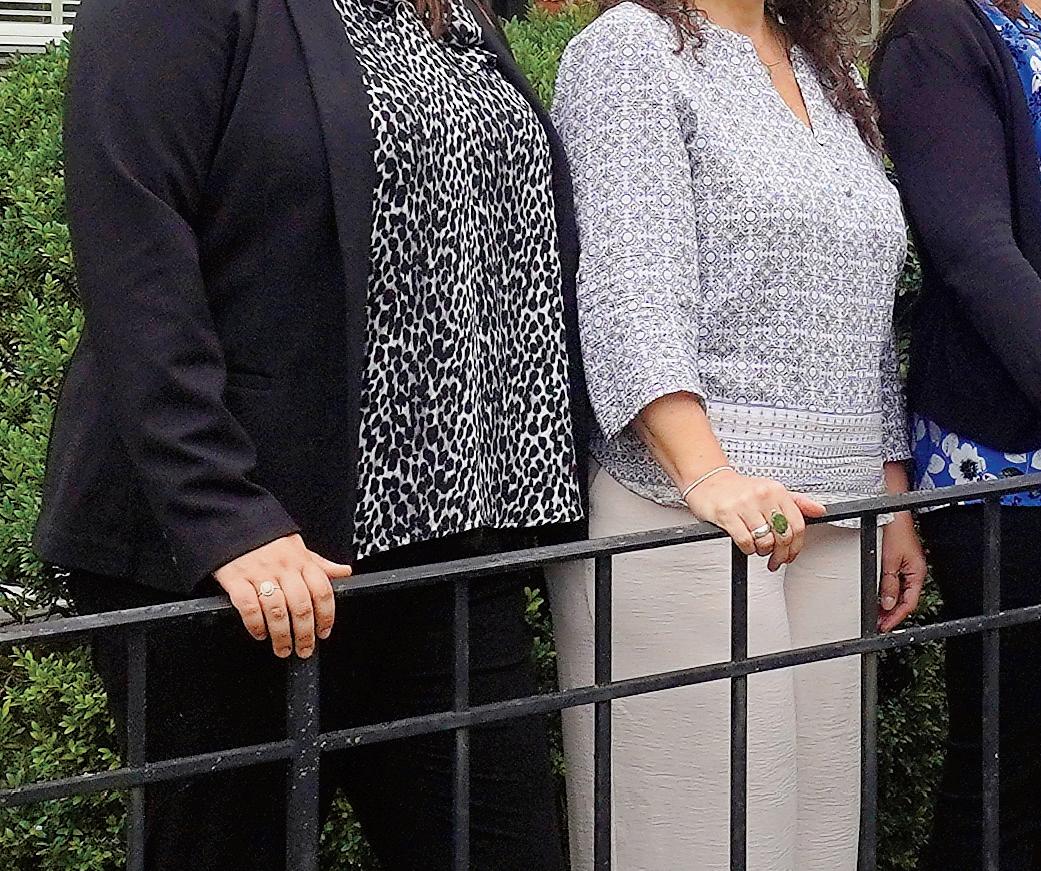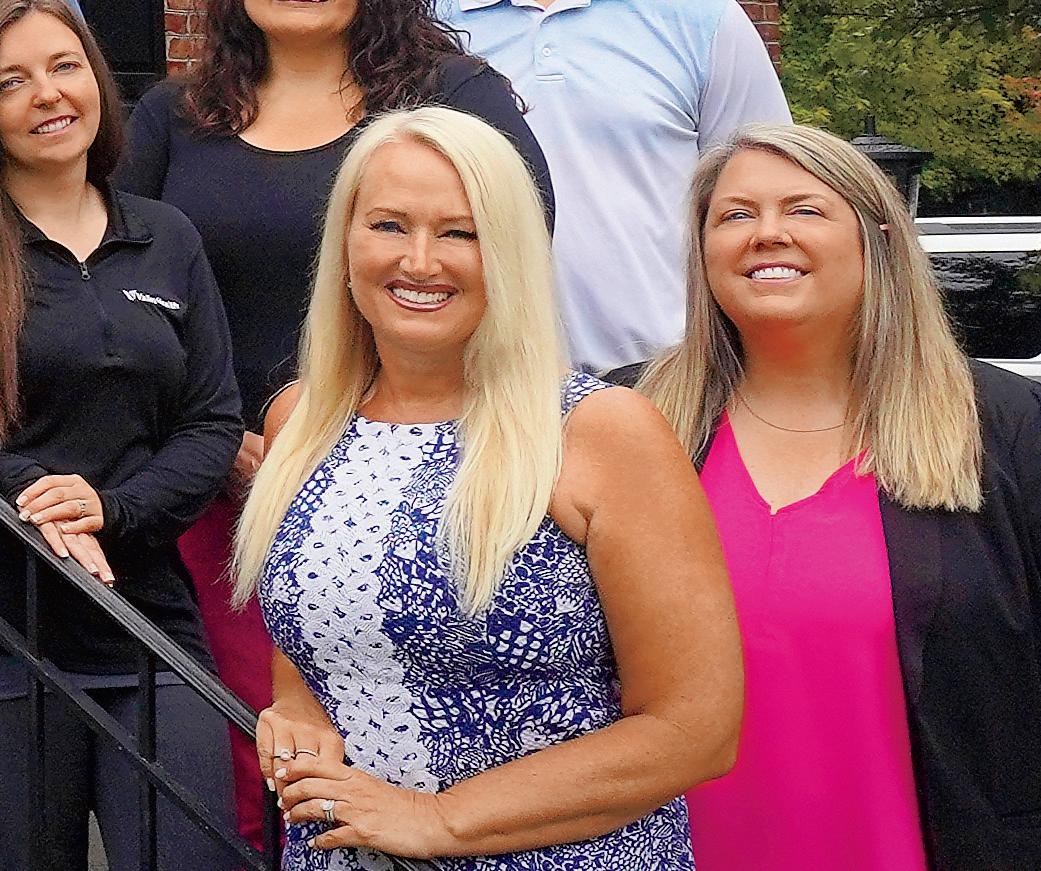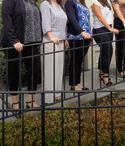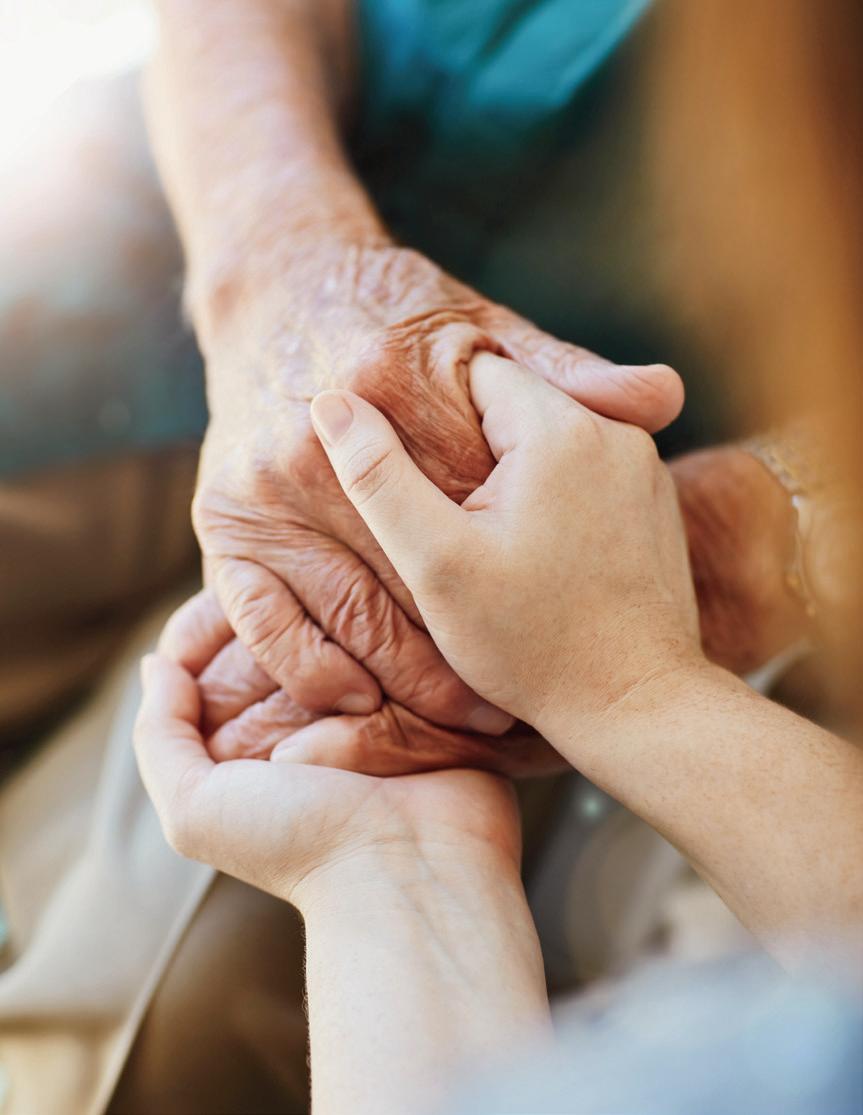




























































Get to know primary care physician Hager Salem, MD
At Valley Health, we believe it’s important to inform our community of the services we provide and introduce you to the compassionate individuals administering this patient-centered care. We talked with Hager Salem, MD, a primary care physician at Valley Health Multispecialty Clinic | Commerce Avenue, about her passion for improving the lives of her patients.
Q: WHAT IS YOUR BACKGROUND AND EXPERIENCE IN HEALTH CARE?
A: After completing medical school at Ross University School of Medicine, I did my internal medicine residency at Brooklyn Hospital in New York. I then worked as a nocturnist at Winchester Medical Center and Warren Memorial Hospital for two years. As a nocturnist, I was a hospitalist who saw sick patients who came to the hospital at night.
Q: WHAT LED YOU TO BECOME A PRIMARY CARE PHYSICIAN?
A: At the hospitals, I was seeing patients who were coming in sick and had no primary care provider. I was treating symptoms and illnesses that could have been prevented if the patient had a provider they regularly see. I also felt like what I was doing in the hospital was very limited because I would treat these patients, and then I would return them without any follow-up for primary care. I said to myself, “What can I do to prevent these patients from having to go to the emergency room?” This inspired me to become a primary care provider.
Q: WHY IS PRIMARY CARE IMPORTANT?
A: Primary care is important because it allows the patient to have someone who knows them, has a relationship with them, and someone they can trust with their health.
Q: WHY DID YOU JOIN VALLEY HEALTH?
A: Valley Health is the type of health system you dream of. It’s the health system you want to provide care for your own family, and I feel proud to be part of it. I live in Front Royal and feel like I have the chance to do good for the community.
Q: WHAT SHOULD YOUR PATIENTS KNOW ABOUT HOW YOU PROVIDE CARE?
A: Patients should know that I put them first. I put their values first, I put
patient autonomy first, and I respect their point of view and their decisions for their own body. I focus on maximizing the face-to-face time with a patient, and visits are not rushed. I try to be as thorough as possible and encourage patients to come with a list of concerns. I make sure my patients have easy access to me, so I give them multiple ways to reach me, and I try to be quick with my responses. I focus on decreasing wait times in the waiting room. Because we have a lab in the same building, results come back within days. Patients will get a call from me or the medical assistant (usually within days) explaining these results and our recommendations.
Q: WHAT ASPECT OF PATIENT CARE DO YOU FIND MOST REWARDING?
A: When my patients get better. I don’t take credit for it; I always put the credit on them. I want patients to know that they have it in them to be an advocate for themselves, and medicine is just a tool to help you help yourself.
To learn more or to schedule an appointment with Dr. Salem, visit valleyhealthlink.com/Salem






















































computed tomography (CT) scan can find lung cancer in its earliest, most treatable stages for smokers at high risk. But just 7 percent of Virginia residents and 5 percent of West Virginia residents who are at high risk for lung cancer take advantage of yearly low-dose CT screenings. “This is an easy, painless and safe five-minute test, but many people are not aware of it,” Dr. Buenaventura says.
Low-dose CT screening for lung cancer is available at all Valley Health hospital imaging locations and Winchester Imaging. It is recommended for current and former smokers ages 50 to 80 with a 20 pack-year history. That means you now or in the past smoked one pack a day for at least 20 years, or more packs for a shorter time, such as two packs a day for 10 years.
Whether or not you have smoked, talk to your doctor right away if you have symptoms that could be an early warning sign for lung cancer such as a chronic cough, coughing blood and/or unexplained weight loss. “Nonsmokers can also develop lung cancer, particularly older, postmenopausal women,” Dr. Buenaventura notes.
Dr. Buenaventura’s cardiothoracic surgery practice at Valley Health also treats these conditions:
Hiatal hernia: This occurs when the natural opening in the diaphragm—the thin sheet of muscle separating the chest and abdomen—widens, often with age, allowing the stomach to push upward. “You may not have symptoms, but hiatal hernias get bigger with age and raise the risk for serious complications like loss of blood flow to the stomach,” he says. Early warning signs for a hiatal hernia include acid reflux, heartburn and burping. In more severe cases, you may have trouble swallowing, feel full quickly when you eat, and have stomach or chest pain. Surgery puts the stomach back in place, repairs the diaphragm and may include repairs to the valve at the top of the stomach to reduce reflux.
Gastroesophageal disease/acid reflux: Chronic acid reflux can be caused by a weakening of the lower esophageal sphincter, a valve at the top of the stomach that’s supposed to prevent stomach acid from backwashing into the esophagus. “Heartburn medications make stomach fluid less acidic, but they don’t solve the fundamental problem,” Dr. Buenaventura says. A procedure called fundoplication reinforces a weakened valve. “If you have ongoing reflux or have used medications for five years to ease it, it’s a good idea to talk to your family doctor,” he says. “Nobody knows if there are long-term consequences of taking medications for reflux for a very long time.”
Other conditions: Dr. Buenaventura also performs surgeries that relieve hyperhidrosis (excessive sweating); thoracic outlet syndrome (pressure on nerves and blood vessels near the collarbone); fibrosis (scarring) of the lungs and masses in the lungs and chest; and diseases and conditions that affect the covering of the lungs, the area between the lungs and the chest wall.
For more information, visit valleyhealthlink.com/VHCS. If you want to learn more about low-dose lung CT screenings, ask your doctor or call the Valley Health nurse lung navigator at 844-532-8669. More information about lowdose lung CT is also available at valleyhealthlink.com/LDCT.
Valley Health System
P.O. Box 3340








At Valley Health, we want the people in our community to feel strong, healthy and capable of pursuing their passions – at work, at play, and at home. So, here’s to doing what you love, and finding success doing it. And here’s to having a nationally ranked health system right in your own backyard—delivering care you will only find in the Valley.
It’s what we love doing most, treating you.


